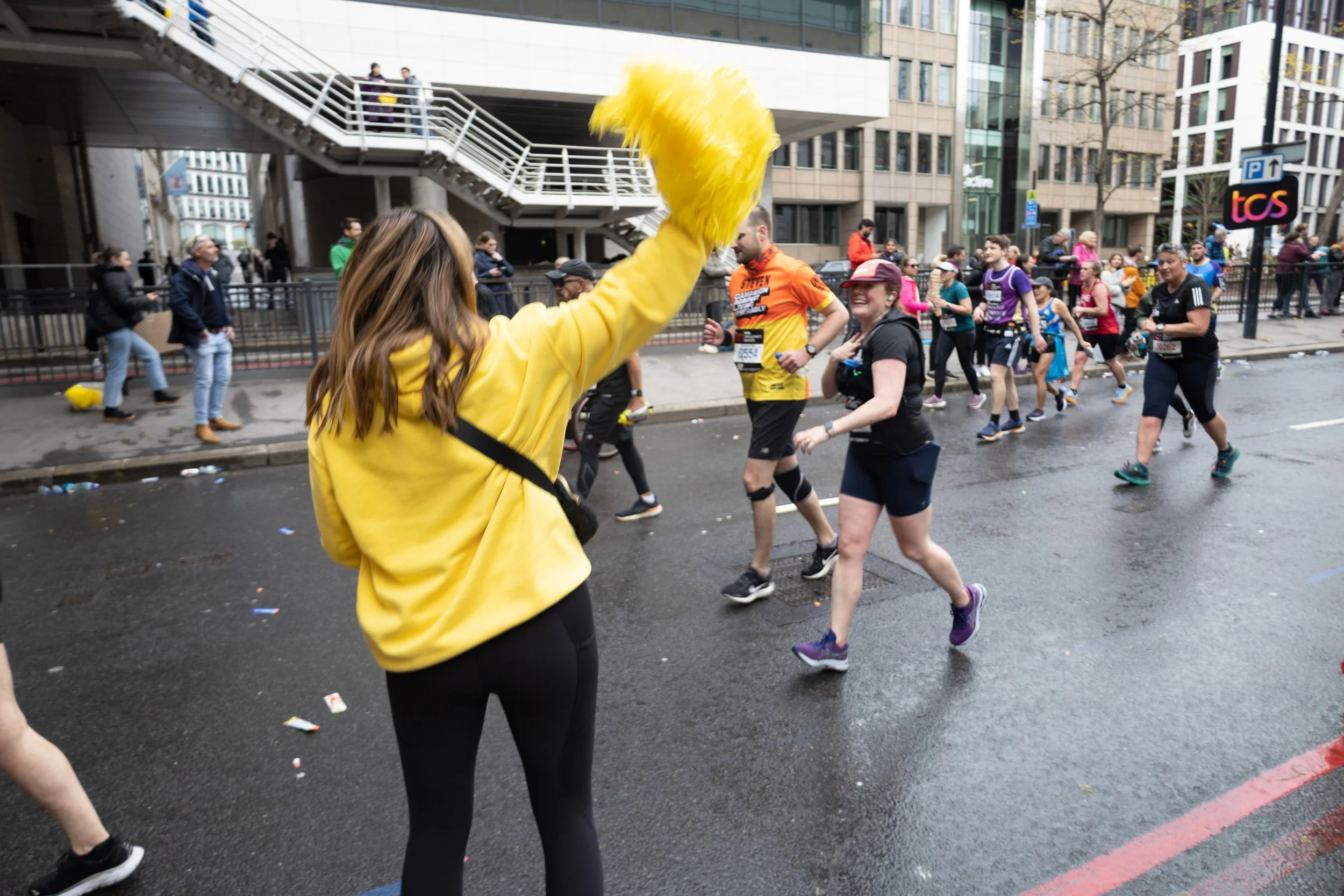Physical Activity in Pregnancy
Photo by lucas Favre on Unsplash
According to the NHS the more fit and active you are during pregnancy, the easier it is to adapt to the physical challenges that come with growing a whole new human. What’s more keeping moving can also help you to manage labour and can reduce the need for a c-section. Sounds pretty brilliant really, especially as exercise isn’t dangerous for the baby. A real win win.
So why do women either reduce the amount of physical activity they do during pregnancy, or even stop all together?
From Active To Inactive
When I was trying to conceive I was committed to the idea that I’d stay active throughout my pregnancy. I dreamt of running right up until my due date and continuing to clock up the miles on my bike. It turns out that the reality of pregnancy would be quite different for me. I found the first trimester really hard. I was absolutely exhausted and felt like I had a massive hangover every single day. So much of my time was spent either being sick, feeling sick or sleeping, and really the last thing I wanted to do was exercise, particularly as my body started experience aches and pains pretty early on as it prepared to grow a new human.
Well into the second trimester and the hangover has lifted, but while I feel much more motivated to get outside and get moving my body has other ideas. Pelvic Girdle Pain means running is off the cards until bebe is born and I have resigned myself to walks (on the days when things don’t hurt too much) and yoga classes until the pools re-open and I can enjoy feeling weightless.
Before I became pregnant I was really active. I ran, swam and went to the gym regularly. I felt confident moving my body in public and entering spaces like gyms and the pool. I didn’t experience any barriers to participation and am generally really privileged. So if I’m not exercising all that much through pregnancy, what hope do other women have?
Why Are Women Less Physically Active in Pregnancy?
Digging into the literature, it doesn’t look like my experience is all that uncommon.
Thompson et al (2017) identified a number of reasons why women might not engage in physical activity during pregnancy. These barriers include physical limitations, health conditions, feeling tired, pain, low motivation, poor self-confidence and a lack of time. These all things I’ve experienced during my low-risk pregnancy that have contributed to my move from being very active to being relatively inactive. According to the Royal College of Gynaecologists around 1 in 5 women will experience pelvic girdle pain that causes pain and limits their mobility, the fatigue you experience during pregnancy is like nothing else, and Sport England has identified both lack of time and low self-confidence as a reason why women don’t participate in physical activity more generally.
Findley et al (2020) spoke to women about their experiences and decision making about physical activity during pregnancy. Most of the women that Findley et al (2020) spoke to explained that while they were pregnant other people would offer them unsolicited advice about physical activity during their pregnancies, and that this led them to feel a lack of ownership over their own bodies. Alongside this the women commented that they didn’t necessarily trust the information that was available about physical activity during pregnancy, especially as trusted people in their lives encouraged them to rest more even if they felt well. In short they just didn’t know which advice to follow.
Of course, the natural reaction to this confusion is to ‘ask an expert’, but even then the advice given wasn’t always clear. Hopkinson et al (2018) surveyed midwives in the UK and found that while a large number of the professionals they spoke to said they felt confident answering questions about the NICE guidelines for physical activity in pregnancy, far fewer were able to identify what these guidelines actually were.
What Are The Guidelines For Physical Activity in Pregnant?
The National Institute for Clinical Excellent (NICE) provides evidence-based recommendations for health and care in England. These are the guidelines that shape the advice health and social care professionals give to you.
According to NICE healthcare professionals should discuss physical activity in pregnancy at the earliest possible opportunity to address any concerns that the patient might have, and to explain why physical activity is so beneficial during pregnancy. Something i found really interesting was how the guidelines were framed in the context of preventing weight gain. Physical activity isn’t presented for its stand alone benefits, but rather as a tool for managing weight, which got me wondering how this presentation shapes the conversations professionals have with their patients. Is there a risk that where a woman doesn’t have any weight concerns physical activity won’t be discussed, or won’t be discussed in the same depth? What about if professionals deem that there is a cause for concerns? Will this alienate some women from physical activity? What’s more, the NICE guidelines don’t actually say much about what physical activity in pregnancy actually looks like.
The Chief Medical Officer has put together a helpful infographic that explains the recommendations for physical activity in pregnancy;
While this infographic sets everything out pretty clearly, it still doesn’t explain what physical activity during pregnancy looks like. What are muscle strengthening activities? What is moderate intensity activity? Women who want to be active, and the professionals that support them, will still need to do more research to find out exactly what they can/can’t do at what Findley et al (2020) highlight is a vulnerable time as women navigate ‘unknown territory’ in terms of the unfamiliar feelings in their body, and the inability to continually monitor their baby for reassurance.
Where Does This Leave Us?
There are a myriad of overlapping reasons why women don’t always engage in physical activity during pregnancy, whether it’s because of the physical demands of pregnancy itself, poor knowledge about what physical activity is safe and appropriate during pregnancy, mixed messages about what physical activity to do (or not) or even information overload as women try to navigate the often mixed advice or search out reliable information. When you’re already dealing with a massive life change it’s not a big surprise when something’s got to give and women choose to err on the side of caution (or are simply too exhausted to think about it all).
Across the internet there are plenty of professionals trying to help women navigate the challenges that come with being active through pregnancy, but these resources are arguably the preserve of the privileged and what is really needed is clearer centralised guidance delivered through professionals about not just physical activity to manage weight, but physical activity for the benefit of physical activity and what that physical activity looks like in pregnancy.
Disclaimer: I am not a healthcare professional and this post is not intended as advice. It is a comment piece from an academic perspective.
if you’d like to explore any of the sources referenced in this post please let me know and I will send you more details












